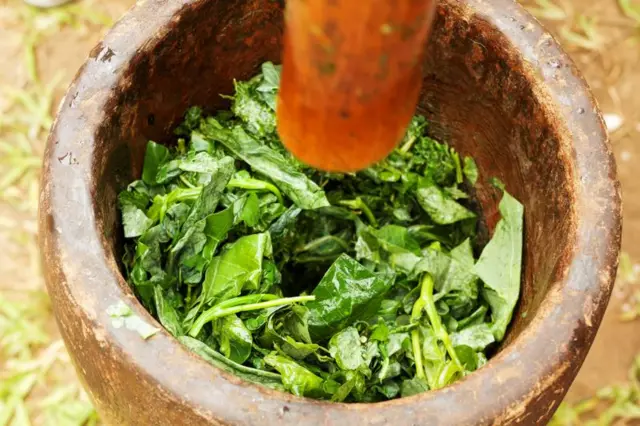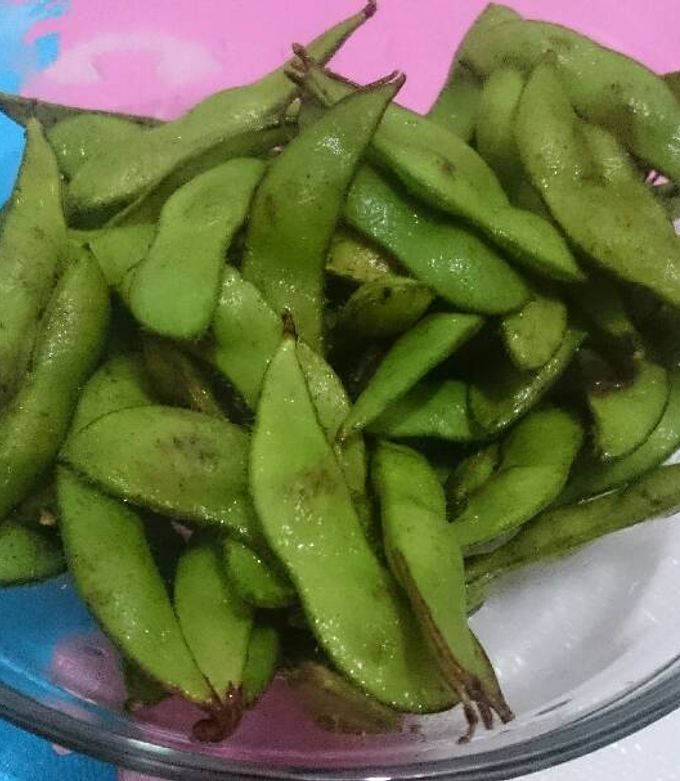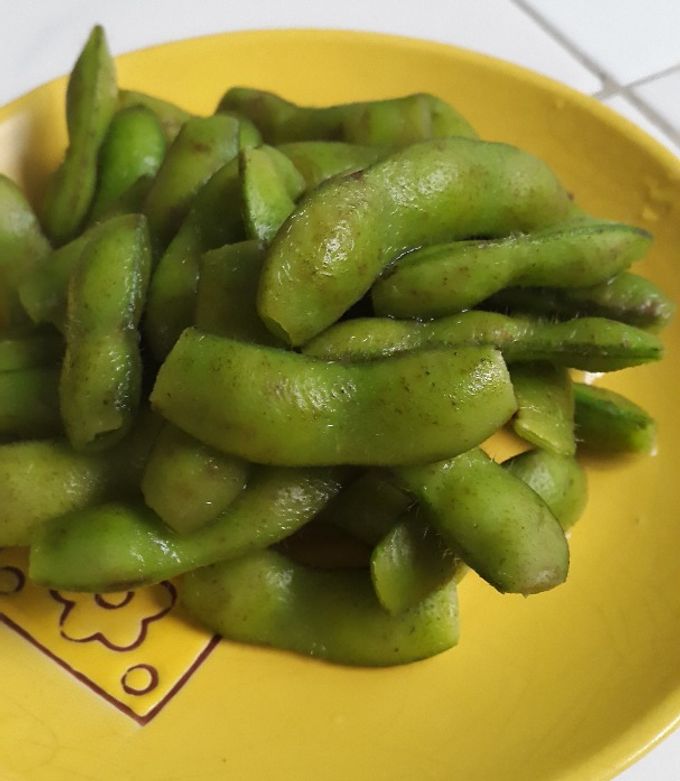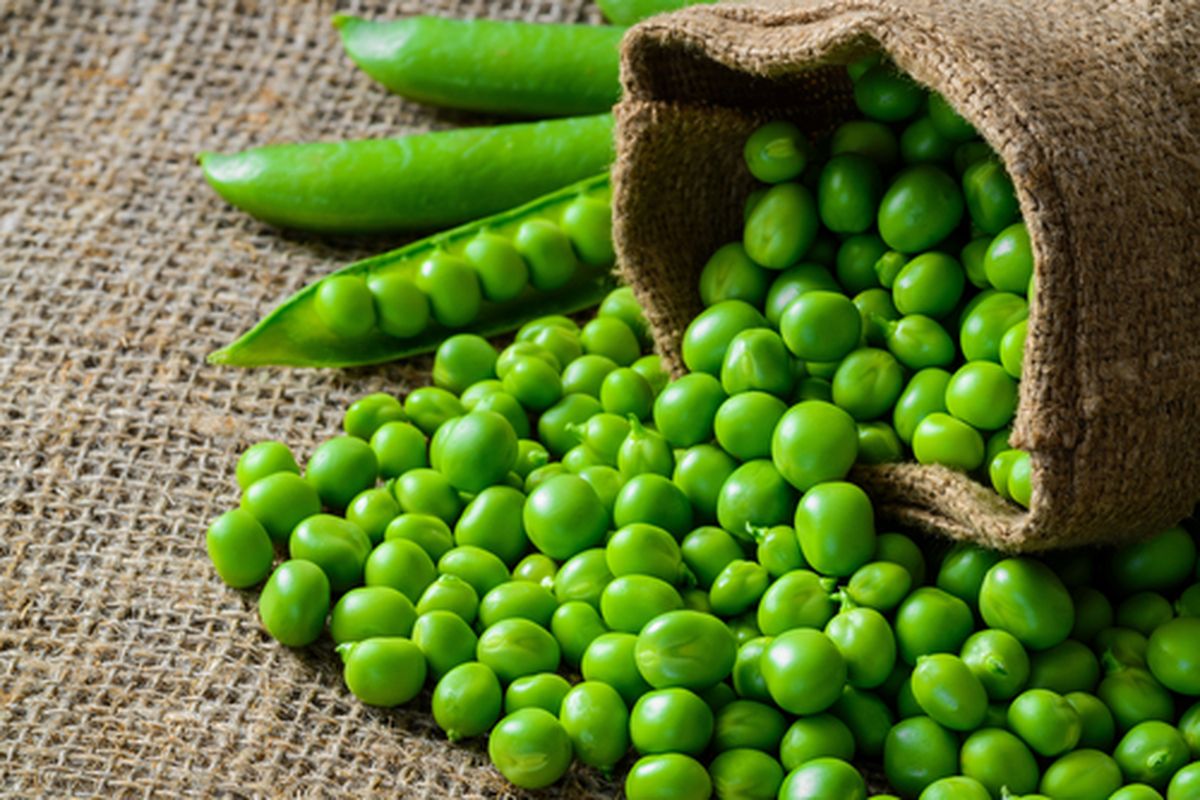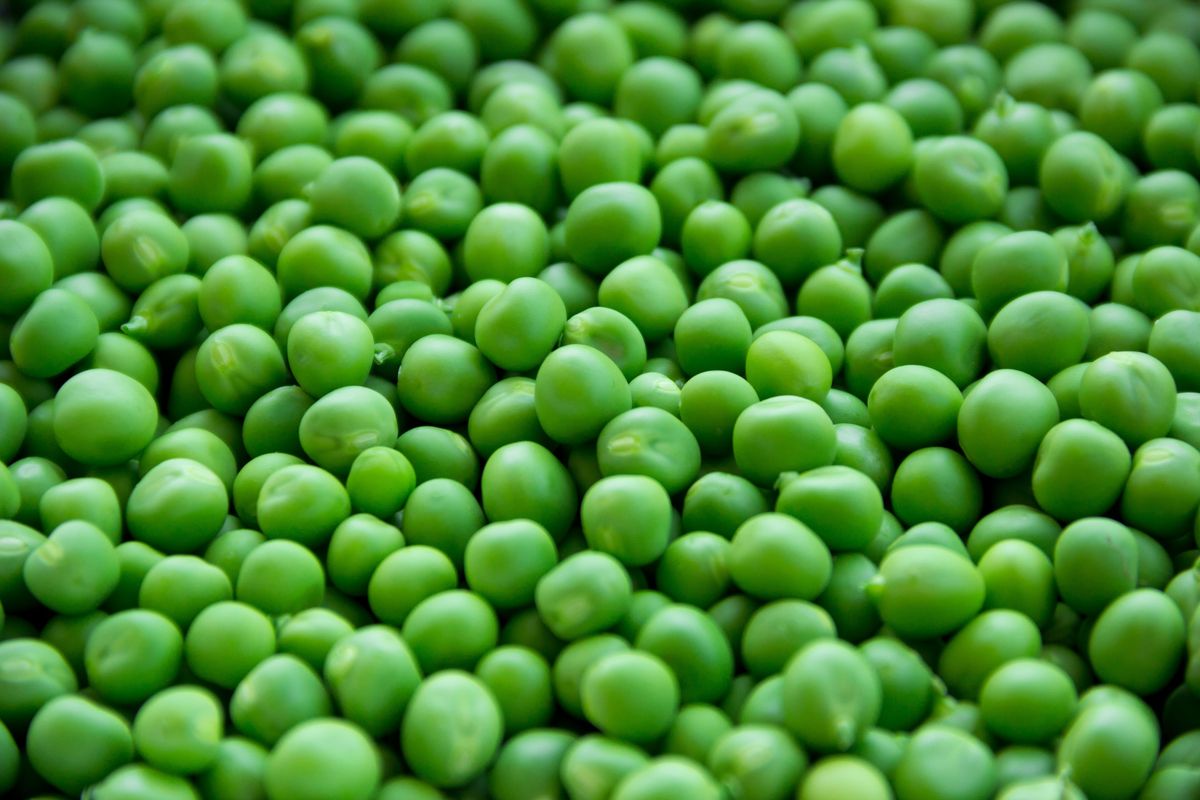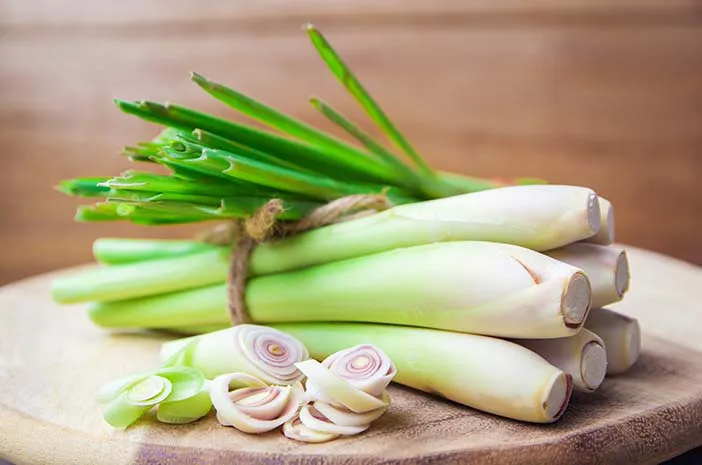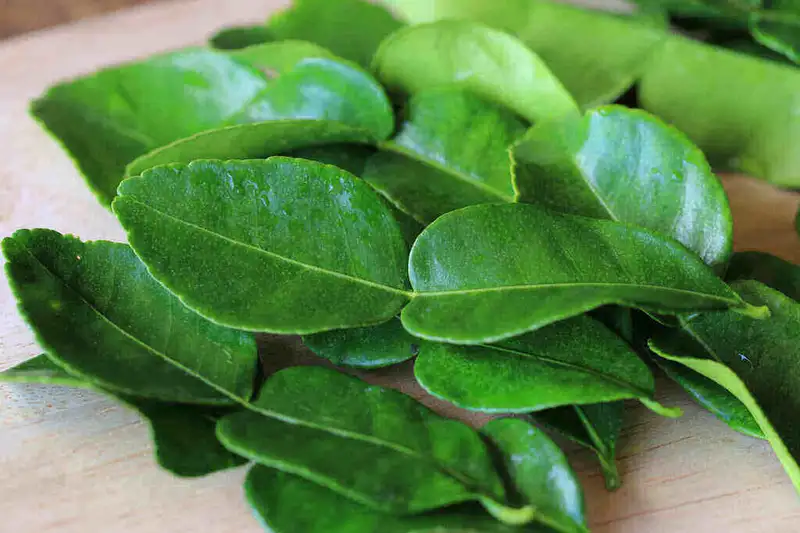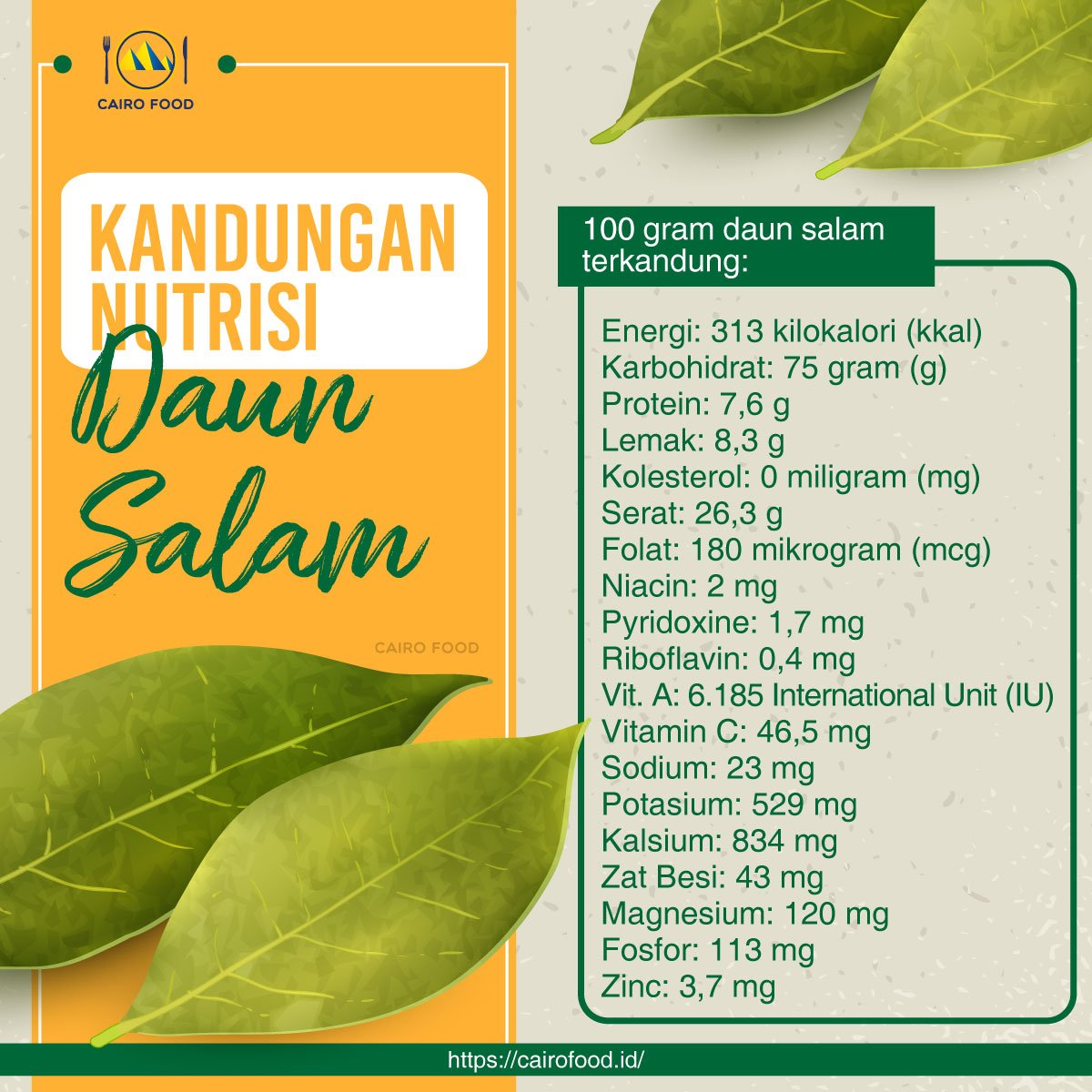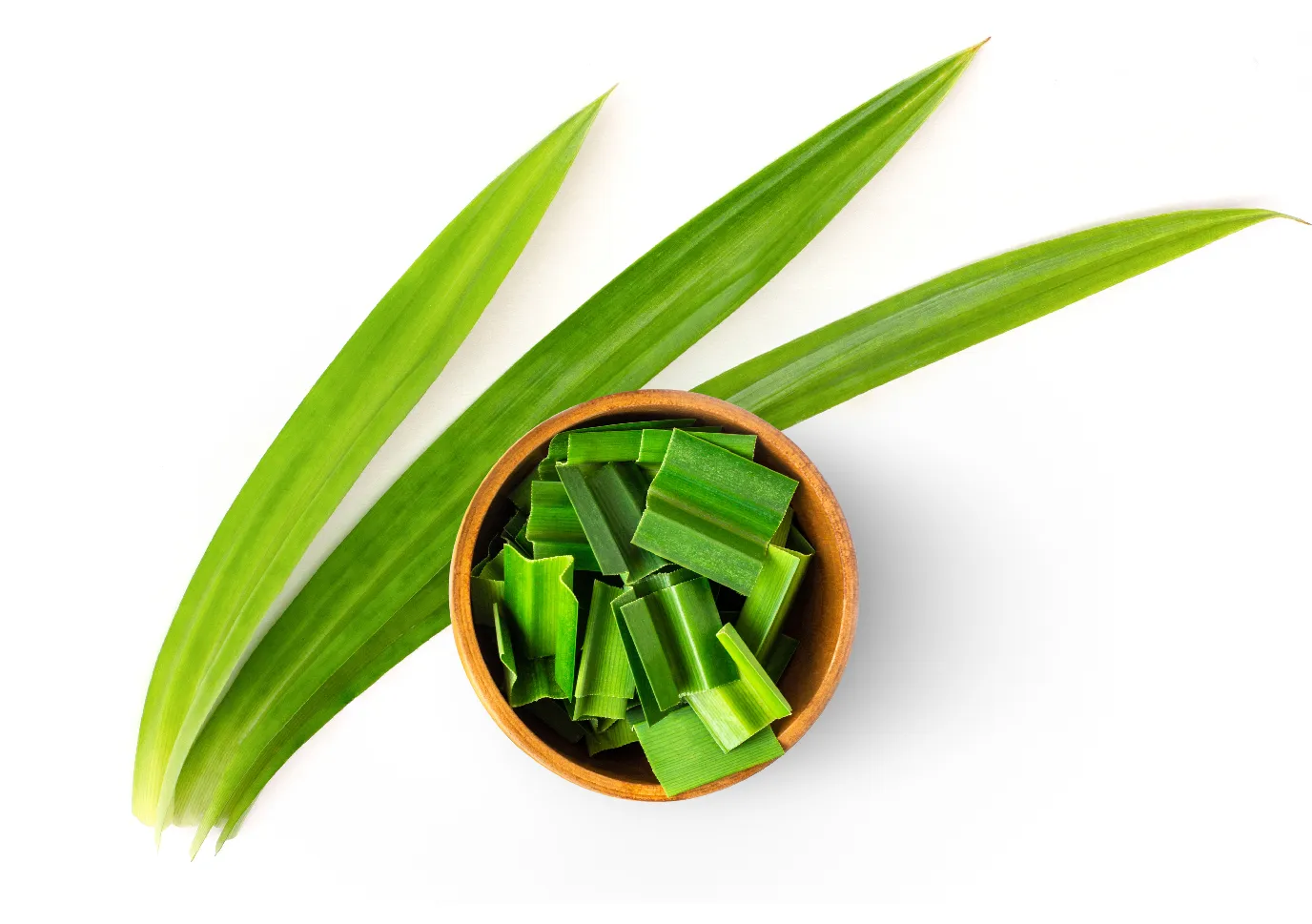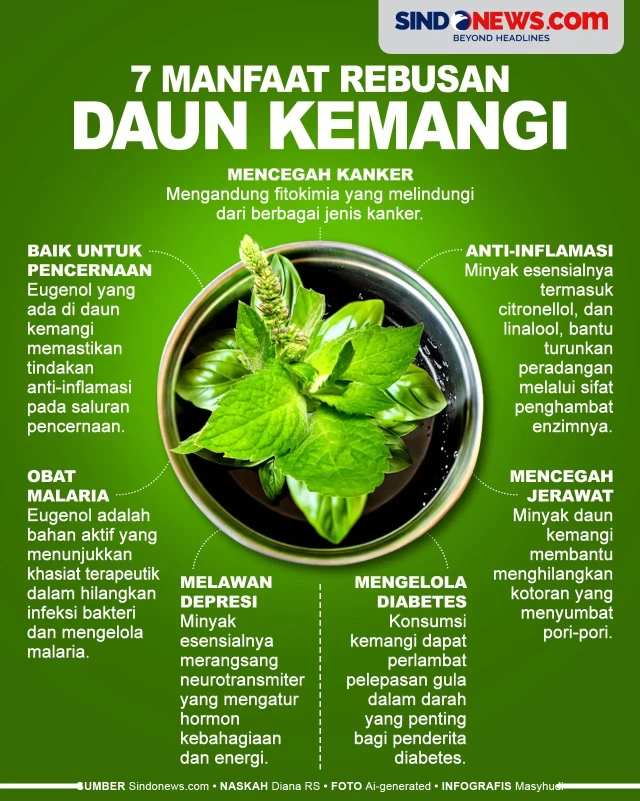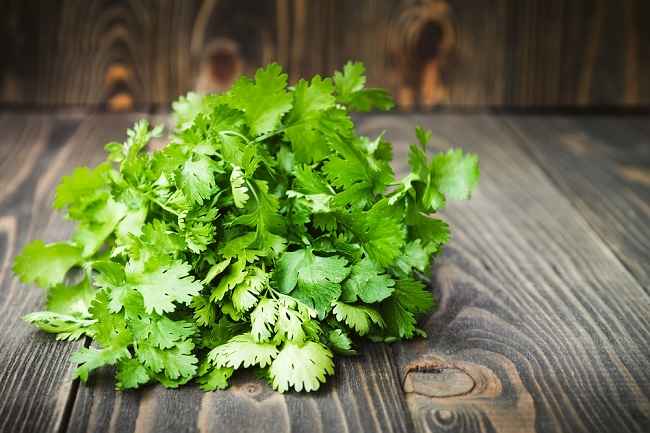Cassava leaves, known locally in various regions as "sayuran daun singkong," are a popular leafy vegetable in many tropical countries. Recognized for their rich nutritional profile and versatile culinary applications, these green leaves are an integral part of traditional diets, especially in Southeast Asia, Africa, and parts of South America. Beyond their role in enriching meals, cassava leaves are also valued for their health benefits and cultural significance. As interest in plant-based and locally sourced foods grows, understanding the various aspects of cassava leaf vegetables becomes increasingly important for consumers and chefs alike. This article explores the multifaceted world of cassava leaves, from their nutritional benefits and culinary uses to their cultural importance and future prospects.
Introduction to Cassava Leaf Vegetables and Their Culinary Uses
Cassava leaves are the foliage of the cassava plant, a root vegetable widely cultivated in tropical regions for its starchy tubers. These leaves are typically harvested when young and tender, making them suitable for a variety of culinary preparations. In many cultures, cassava leaves are cooked and served as a vegetable side dish, often incorporated into soups, stews, and stir-fries. Their slightly bitter taste and hearty texture lend themselves well to slow cooking methods that soften the leaves and develop rich flavors. In some regions, cassava leaves are also fermented or dried to preserve them for off-season use. The versatility of cassava leaves allows them to be adapted into numerous traditional recipes, reflecting local tastes and culinary traditions.
In Southeast Asia, for example, cassava leaves are commonly sautéed with garlic, shallots, and chili, creating a flavorful and aromatic dish. In Central Africa, they are often cooked with ground peanuts or coconut milk, imparting a creamy texture and rich flavor. In South America, cassava leaves may be incorporated into hearty stews alongside other local vegetables and meats. The preparation techniques vary widely, but the common thread is their status as a nutritious, flavorful green that complements a wide range of ingredients. As global interest in plant-based diets expands, chefs and home cooks are experimenting with cassava leaves in new ways, including salads, wraps, and vegan-friendly dishes.
Nutritional Benefits of Consuming Cassava Leaves Regularly
Cassava leaves are a powerhouse of nutrition, offering a variety of essential vitamins and minerals vital for maintaining good health. They are particularly rich in protein, which is essential for tissue repair and immune function, making them an excellent plant-based protein source. Additionally, cassava leaves contain high levels of dietary fiber, promoting healthy digestion and aiding in weight management. They are also abundant in vitamins such as vitamin A, vitamin C, and several B-complex vitamins, which support vision, skin health, and energy production.
Minerals such as calcium, iron, magnesium, and potassium are present in significant amounts in cassava leaves, contributing to bone health, blood circulation, and muscular function. The leaves also contain antioxidants, which help combat oxidative stress and reduce the risk of chronic diseases like heart disease and certain types of cancer. Furthermore, some studies suggest that cassava leaves possess anti-inflammatory properties and can support immune system strength. Regular consumption of cassava leaves, as part of a balanced diet, can contribute to overall health and well-being, especially in regions where access to diverse foods may be limited.
How to Select Fresh and High-Quality Cassava Leaves
Choosing the right cassava leaves is crucial to ensure they are fresh, nutritious, and safe to eat. When selecting cassava leaves, look for vibrant green color, which indicates freshness and high nutrient content. The leaves should be firm and tender, not wilted, yellowed, or brown, as these signs suggest age or spoilage. Avoid leaves that have holes, dark spots, or signs of mold, which can be indicators of decay or pest infestation.
The stems should be sturdy and free from excessive moisture or sliminess, which can promote bacterial growth. Fresh cassava leaves typically have a mild, earthy aroma; any sour or off-putting smell may indicate fermentation or spoilage. When purchasing in markets, it’s best to buy from vendors who handle the leaves hygienically and store them properly. If buying packaged or pre-washed leaves, check the packaging date and ensure the leaves appear crisp and vibrant. Proper selection at the point of purchase sets the foundation for safe and delicious culinary use.
Traditional Methods of Preparing and Cooking Cassava Leaves
Traditional preparation of cassava leaves involves several steps to ensure they are safe and flavorful. Initially, the leaves are thoroughly washed to remove dirt and any residual pesticides. In many cultures, they are then boiled or blanched to reduce their natural bitterness and eliminate potential toxins. Boiling is often done in large pots with water, sometimes with added salt or other seasonings, and the leaves are cooked until tender.
In some regions, the leaves are pounded or chopped finely after boiling to facilitate further cooking or to prepare them for mixing with other ingredients. Fermentation is another traditional method used in certain cultures, where the leaves are left to ferment for a few days, enhancing their flavor and preservation. Once prepared, cassava leaves are often sautéed with garlic, onions, chili, or coconut milk, depending on local recipes. Slow cooking or simmering is common to develop depth of flavor and soften the leaves completely. These traditional methods not only improve taste but also ensure the leaves are safe for consumption by reducing naturally occurring toxins.
Health Benefits Associated with Eating Cassava Leaf Vegetables
Eating cassava leaves regularly can provide numerous health advantages, largely due to their rich nutrient profile. Their high protein content supports muscle growth, tissue repair, and immune function, making them especially valuable in vegetarian and vegan diets. The dietary fiber in cassava leaves promotes healthy digestion, helps regulate blood sugar levels, and contributes to satiety, which can aid in weight management.
The presence of antioxidants such as flavonoids and phenolic compounds helps protect cells from oxidative damage, potentially reducing the risk of chronic illnesses like cardiovascular disease and certain cancers. The vitamin A content supports good vision and skin health, while vitamin C enhances immune response and aids in iron absorption. Minerals like calcium and magnesium contribute to bone strength, and potassium helps maintain healthy blood pressure levels. Overall, incorporating cassava leaves into a balanced diet can enhance nutritional intake and support overall health, particularly in regions where access to diverse foods may be limited.
Common Dishes Featuring Cassava Leaves in Various Cuisines
Cassava leaves are featured prominently in many traditional dishes across different regions, each reflecting local flavors and culinary techniques. In Indonesian cuisine, especially in Sulawesi and Maluku, cassava leaves are often cooked with coconut milk, spices, and sometimes fish or meat to create hearty stews known as papeda or sayur daun singkong. These dishes are typically served with rice or traditional staples like sago.
In Central African countries such as the Democratic Republic of Congo and Angola, cassava leaves are prepared as a thick, savory stew called saka-saka or saka, often combined with ground peanuts, palm oil, or spices. These dishes are central to communal meals and are cherished for their rich, comforting flavors. In South American regions like Brazil, cassava leaves are incorporated into traditional recipes such as feijoada or mixed vegetable stews. Each cuisine adapts the leaves to local ingredients, creating a diverse array of dishes that highlight the plant’s versatility and nutritional value.
Tips for Proper Storage and Preservation of Cassava Leaves
To maintain the freshness and nutritional quality of cassava leaves, proper storage and preservation techniques are essential. Fresh leaves should be stored in a cool, humid environment, ideally wrapped in a damp cloth or placed inside a perforated plastic bag within the refrigerator. They are best used within 1-2 days of purchase to prevent wilting or spoilage.
For longer preservation, cassava leaves can be blanched and then frozen in airtight containers or freezer bags. This method helps retain their color, flavor, and nutrients while extending shelf life up to several months. Dried cassava leaves are another option; after drying in the sun or using a dehydrator, they can be stored in airtight jars or vacuum-sealed packages in a cool, dark place. Proper storage not only prolongs usability but also prevents the growth of mold or bacteria, ensuring safe consumption when needed.
Potential Risks and Precautions When Consuming Cassava Leaves
While cassava leaves are nutritious and flavorful, they contain natural compounds that can be toxic if not prepared properly. One such toxin is cyanogenic glycosides, which can release cyanide when the leaves are raw or insufficiently cooked. Consuming raw or undercooked cassava leaves may lead to cyanide poisoning, characterized by symptoms like dizziness, headache, nausea, and in severe cases, respiratory issues.
To minimize risk, it is crucial to thoroughly wash, blanch, or boil cassava leaves before consumption. Traditional cooking methods, such as prolonged boiling or fermenting, effectively reduce toxin levels. People with certain health conditions or those pregnant and breastfeeding should consult healthcare professionals before including cassava leaves regularly in their diet. Additionally, individuals should avoid eating large quantities of raw or improperly prepared leaves to prevent potential health hazards.
Cultural Significance of Cassava Leaf Dishes in Different Regions
In many cultures, cassava leaf dishes hold deep cultural and social significance beyond their nutritional value. They are often associated with traditional festivals, communal gatherings, and rites of passage. In regions like Central Africa, preparing cassava leaves is a communal activity that fosters social bonds and preserves culinary heritage. These dishes are also symbolic of local identity and agricultural practices, emphasizing the importance of indigenous crops and traditional cooking techniques.
In Southeast Asia, cassava leaves are part of everyday diets but also feature in ceremonial feasts and special occasions. The preparation and sharing of cassava leaf dishes often serve as a means of preserving cultural traditions and passing knowledge across generations. In some communities, specific recipes or cooking methods are considered cultural treasures, representing a link to ancestral practices. The cultural importance of cassava leaves underscores their role in fostering community cohesion

